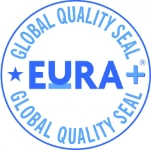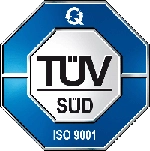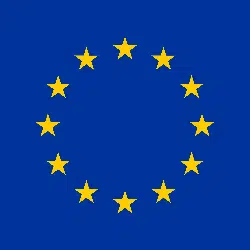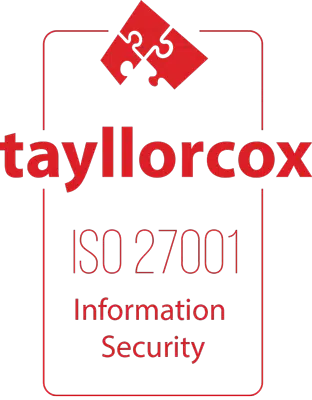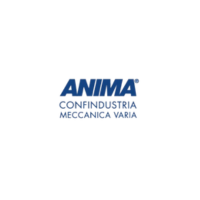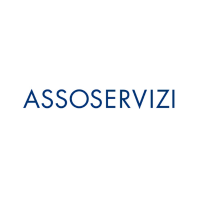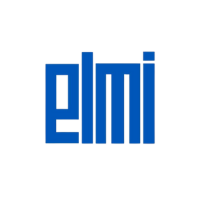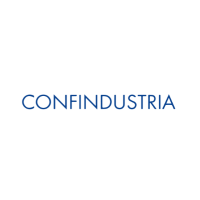On 1 July, an online meeting promoted by the Ministry of Labour and Social Policies and organized by the Italian Labour Inspectorate (INL), introduced the new features of the platform for managing the Credit License.
The meeting was attended by:
- the Director of the INL, Dr. Danilo Papa,
- the Minister of Labour and Social Policies, Dr. Marina Calderone, and
- Dr. Ilaria Feola, head of the Central Directorate for Technological Innovation and Strategic Planning.
Results and new objectives of the Credit License
Since the entry into force of the Credit License in October 2024, more than 450,000 companies have joined the accreditation and license issuance system managed by the INL. As of 10 July 2025, with the changes being implemented, the INL is committed to ensuring:
- Greater transparency and a better selection of operators based on their credits,
- Check of individuals and legal entities already holding the License and their operations to maintain it,
- The possibility of earning additional credits.
The new platform is also an advanced tool from a cybersecurity perspective, thanks to the collaboration of the Data Protection Authority.
The introduction of the Credit License aims to emphasize the crucial aspect of company qualification. It ensures that only skilled operators with focus on fundamental conditions for conducting crucial business activities, like construction, are active. The construction sector has served as a pilot for obtaining the Credit-Based License. However, this requirement will continue to expand to other production sectors.
New methods for managing the License on the INL platform
The main new features of the platform, accessible via individual SPID, professional SPID, CIE, or National Service Card (CNS) and illustrated by Dr. Feola, include:
- Attestation of the Legal Representative
- Management of proxies
- License application and additional requirements
Attestation of the Legal Representative/Sole Proprietor/Self-Employed Worker
The verification of the Legal Representative/Sole Proprietor/Self-Employed Worker aims to ensure that those operating and interacting with the system are indeed entitled to represent the business. To this end, the portal will automatically query the Chambers of Commerce databases to verify the entered information.
The requirements for attestation are:
- Possession of an Italian Tax Code
- Company registration with the Chamber of Commerce
Management of proxies
Only after the attestation of the Legal Representative, as described above, it will be possible to delegate a trusted individual or legal entity to access and operate on the platform.
This need emerged from discussions with social partners – such as employers’ associations – who expressed the necessity of acting on behalf of the legal representative/owner/self-employed worker who relies on them and has granted them a proxy. It will be sufficient to provide the company’s tax code to access the application and to possess the Italian tax code of the delegated person. It will also be possible to indicate the validity period of the proxy, which will become active from the following day.
Access via eIDAS remains valid for non-Italian legal representatives of companies based in the European Union. However, authentication via eIDAS does not allow access to the Delegation Management module.
License application and additional requirements
The inspection body, in exercising its functions, will verify the consistency between the information recorded during the application and the actual situation. In this section, it will also be possible to register additional credits to the company. The acquisition of such additional credits depends on:
- The company’s history, derived from the date of registration with the Chamber of Commerce;,
- Possession of a SGSL certification compliant with UNI EN ISO 45001,
- Certification of the Health and Safety Organizational and Management Model (MOG) compliant with Article 30 of the TUSL by a Bilateral Body registered in the national register;
- Positive consultancy and monitoring by Bilateral Bodies registered in the aforementioned register;
- Possession of SOA qualification certification of class I;
- Possession of SOA qualification certification of class II.
Except for the company’s history, for which the platform automatically acquires the additional credits, for each of the other requirements it will be necessary to attach the relevant certification, also indicating its validity period.
It was also noted that it is possible to update documents due to expire within the 30 days preceding the expiration date. This will allow the retention of the related additional credits. Otherwise, credits will be automatically deducted when the documentation expires.
Conclusions
For more information, please refer directly to the information materials and tutorials made available by the INL on its web pages.

